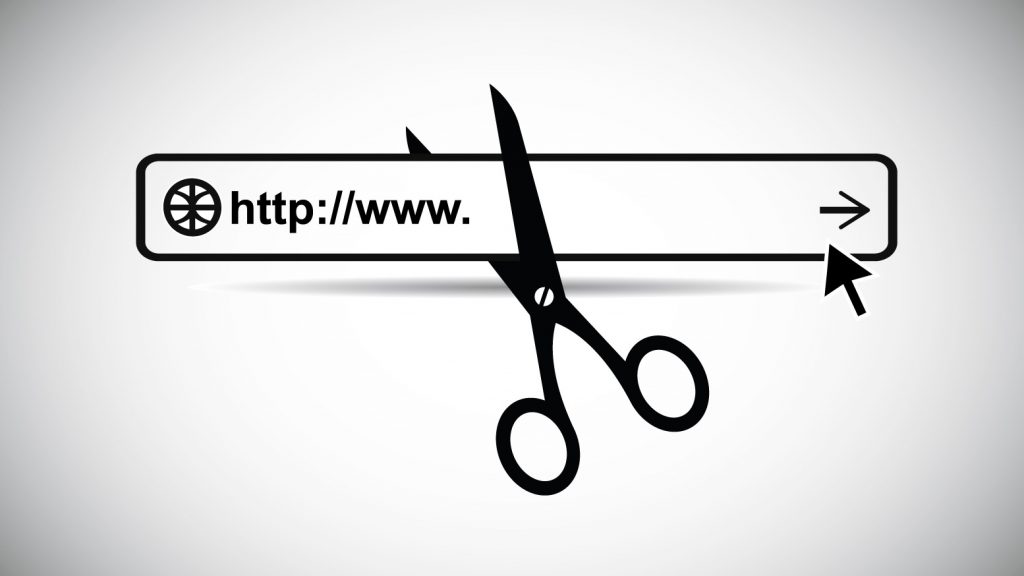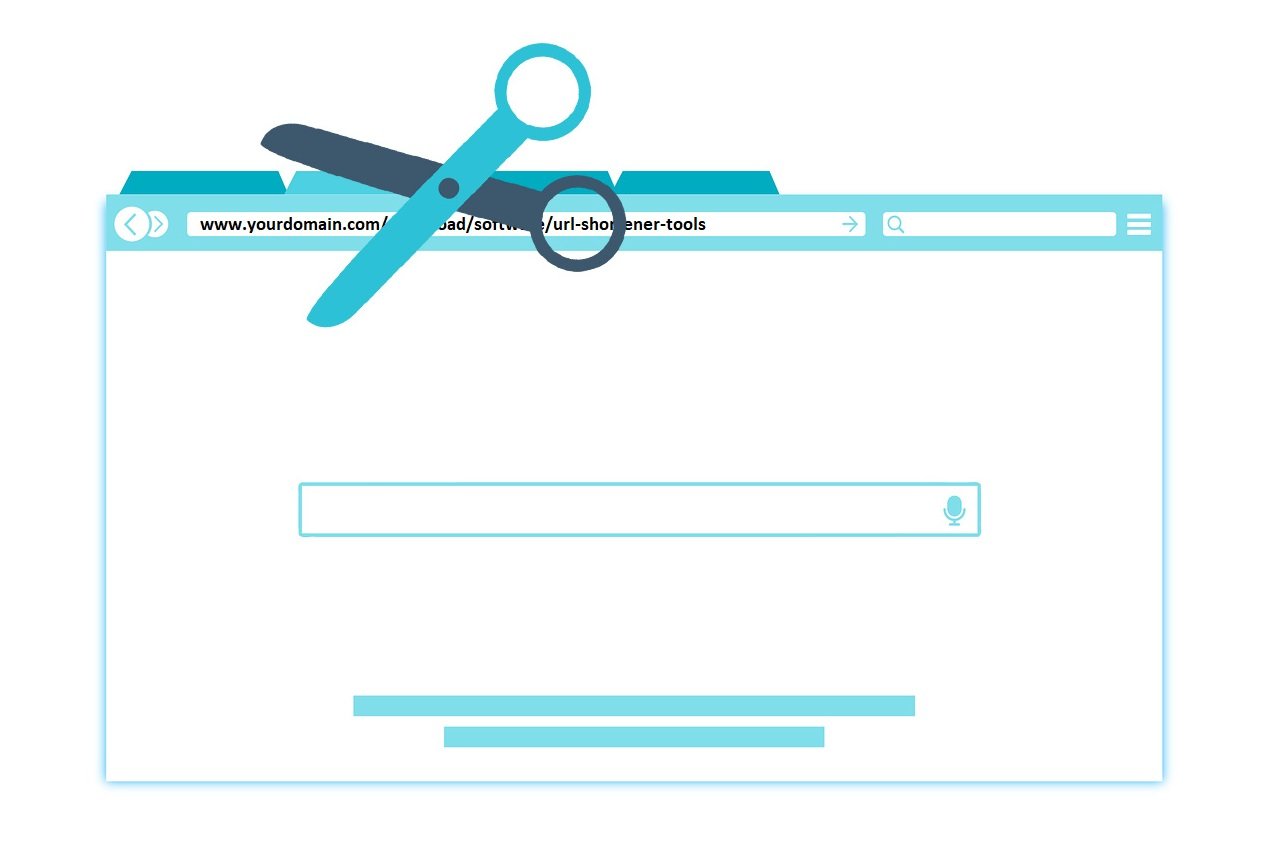Content Outline
I. Introduction to URL shorteners
- Definition of URL shorteners
- Benefits of using a URL shortener
- Potential risks of using a URL shortener
II. How to use a URL shortener
- Step-by-step guide to using a URL shortener
- Examples of popular URL shorteners (e.g. Bitly, TinyURL, Ow.ly)
- Tips for choosing a reliable URL shortener
III. Advanced features of URL shorteners
- Customizing shortened URLs for branding purposes
- Link tracking and analytics
- Password protection and other security features
IV. Best practices for using URL shorteners
- Being cautious when clicking on shortened links
- Avoiding spam or phishing attempts
- Using URL shorteners responsibly in social media and online communication
V. Conclusion
- Recap of the benefits and risks of using a URL shortener
- Recommendations for safe and effective use of URL shorteners in various online contexts.
Introduction to URL shorteners

Image Courtesy: https://www.smallcase.com/blog/wp-content/uploads/2021/07/Open-Source-URL-Shortner.png
Welcome to our article on URL shorteners! A URL shortener is a tool that condenses a long, complex URL into a shorter, more manageable form. These shortened URLs are often used in social media posts, text messages, and other online platforms where space is limited.
There are several benefits to using a URL shortener. First and foremost, they make it easier to share links in situations where space is limited. Instead of trying to fit a long, complicated URL into a tweet or a text message, you can simply use a shortened version of the link. This can also make your content more visually appealing, as shorter links take up less space and look cleaner.
URL shorteners can also be useful for tracking clicks on a particular link. Many URL shorteners offer analytics and tracking features that allow you to see how many people have clicked on your link, where they came from, and other useful information.
However, it's important to note that there are also potential risks to using a URL shortener. Some people may use shortened links to obscure the original link and potentially mislead users. It's always a good idea to be cautious when clicking on shortened links and to use reputable URL shorteners whenever possible.
In this article, we will delve deeper into the use and benefits of URL shorteners, as well as some best practices for using them safely and effectively. Stay tuned!
How to use a URL shortener

Image Courtesy: https://d19fbfhz0hcvd2.cloudfront.net/PR/wp-content/uploads/2016/09/10_UsingURLShorteners-1024x576.jpg
Using a URL shortener is a quick and easy process. Here's a step-by-step guide to using a URL shortener:
-
Go to a URL shortener website. There are many options to choose from, such as Lillink, Bitly, TinyURL, and Ow.ly.
-
Enter the long URL that you want to shorten into the designated field on the website.
-
Click the "Shorten" or "Submit" button to generate the shortened URL.
-
Copy the shortened URL. You can do this by clicking the "Copy" button or by selecting the shortened URL and using the keyboard shortcut "Ctrl + C" (on a PC) or "Command + C" (on a Mac).
-
Paste the shortened URL wherever you want to share it. You can do this by using the keyboard shortcut "Ctrl + V" (on a PC) or "Command + V" (on a Mac).
That's all there is to it! You can use the shortened URL just like you would any other URL, and it will automatically redirect to the original link when clicked.
When choosing a URL shortener, it's important to consider reliability and security. Look for a shortener that has a good track record and that offers features such as link tracking, analytics, and password protection. It's also a good idea to read reviews and do some research to ensure that you're using a reputable service.
By following these tips, you can use URL shorteners to share links more efficiently and effectively, while also keeping your online activities safe and secure.
Advanced features of URL shorteners

Image Courtesy: https://www.digifloor.com/wp-content/uploads/2019/06/url-shortener-tools.jpg
While the basic functionality of a URL shortener is to condense a long URL into a shorter form, many shorteners also offer advanced features that can be useful in certain situations. Here are some examples of advanced features that you might find in a URL shortener:
-
Customizing shortened URLs for branding purposes: Many URL shorteners allow you to customize the shortened URL with your own branding or custom domain. This can be useful for maintaining a consistent brand image and for creating links that are easy to remember.
-
Link tracking and analytics: Many URL shorteners offer link tracking and analytics features that allow you to see how many people have clicked on your link, where they came from, and other useful information. This can be helpful for tracking the success of your campaigns and for understanding your audience.
-
Password protection and other security features: Some URL shorteners offer security features such as password protection and expiration dates, which can be useful for protecting sensitive information and preventing unauthorized access.
By taking advantage of these advanced features, you can get even more out of your URL shortener and use it more effectively in your online activities. Just be sure to carefully read the terms of service and privacy policy of any URL shortener you use, as these features may come with additional risks and limitations.
Best practices for using URL shorteners
Using a URL shortener can be a convenient and efficient way to share links online, but it's important to be aware of the potential risks and to use them responsibly. Here are some best practices for using URL shorteners:
-
Be cautious when clicking on shortened links: Shortened links can be used to obscure the original link and potentially mislead users. It's always a good idea to be cautious when clicking on shortened links and to hover over the link to see where it will take you before clicking.
-
Avoid spam or phishing attempts: Some people may use shortened links to try to trick you into clicking on a link that leads to spam or a phishing website. To protect yourself, be cautious when clicking on links that you receive from unknown sources and consider using a reputable link scanning tool to check the link before clicking.
-
Use URL shorteners responsibly in social media and online communication: URL shorteners can be useful for sharing links in social media and other online platforms where space is limited. However, it's important to use them responsibly and to be mindful of the potential risks. Be transparent about the links you're sharing and consider providing context or a description of the link to help your followers understand where they will be directed.
By following these best practices, you can use URL shorteners safely and effectively in your online activities.
Conclusion
In conclusion, URL shorteners are a convenient and efficient tool for sharing links online, especially in situations where space is limited. They can also be useful for tracking clicks on a particular link and for disguising the original link to prevent spam or phishing attempts.
However, it's important to be aware of the potential risks of using a URL shortener, such as the possibility of obscuring the original link and potentially misleading users. To use URL shorteners safely and effectively, be cautious when clicking on shortened links, avoid spam or phishing attempts, and use URL shorteners responsibly in social media and online communication.
Overall, URL shorteners can be a useful tool in certain situations, but it's important to use them carefully and to choose a reputable service. By following these recommendations, you can use URL shorteners to share links more efficiently and effectively, while also keeping your online activities safe and secure.

